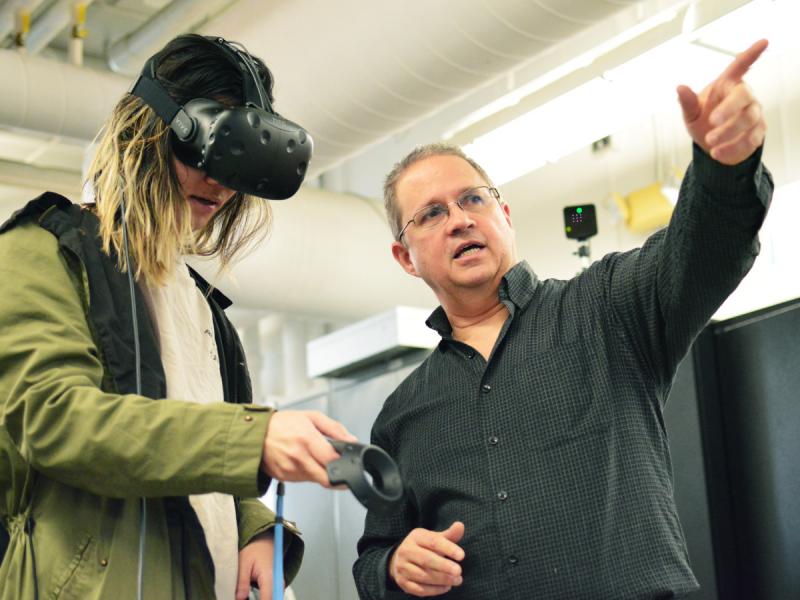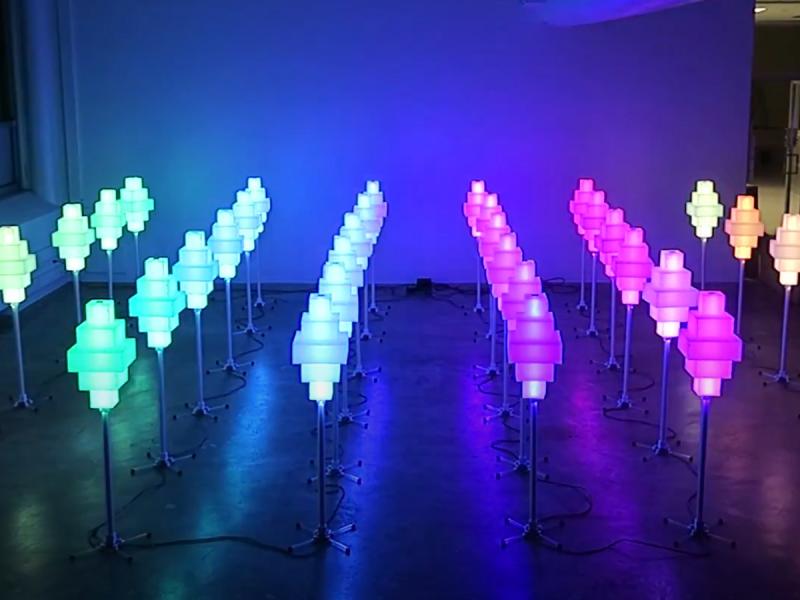
Master of Science in Human-Computer Interaction
The Master of Science in Human-Computer Interaction (MS-HCI) is a unique interdisciplinary program offered collaboratively by four separate schools at Georgia Tech: Interactive Computing; Literature, Media and Communication (LMC); Psychology; and Industrial Design. Broadly defined, this study strives to find the perfect relationship between humans and computers. HCI goes beyond computation and screen interface to predict new situations that can be facilitated with computers.
MS-HCI caters to subject-specific specializations in collaboration with various schools of Georgia Tech. The MS-HCI website offers more details on the various options, including the popular industrial design track.
 "The biggest strength of the HCI program is diversity, but in the sense of what everyone in your class brings to the program. Everyone had their own unique path to the program -- it brings so many different elements to your projects, it's a great influence. Workplaces these days say they have diversity in gender or ethnicity, but they don't always have diversity in thinking. In grad school, that's the biggest difference." - Leva Mikolaviciute, MS-HCI-ID
"The biggest strength of the HCI program is diversity, but in the sense of what everyone in your class brings to the program. Everyone had their own unique path to the program -- it brings so many different elements to your projects, it's a great influence. Workplaces these days say they have diversity in gender or ethnicity, but they don't always have diversity in thinking. In grad school, that's the biggest difference." - Leva Mikolaviciute, MS-HCI-ID


